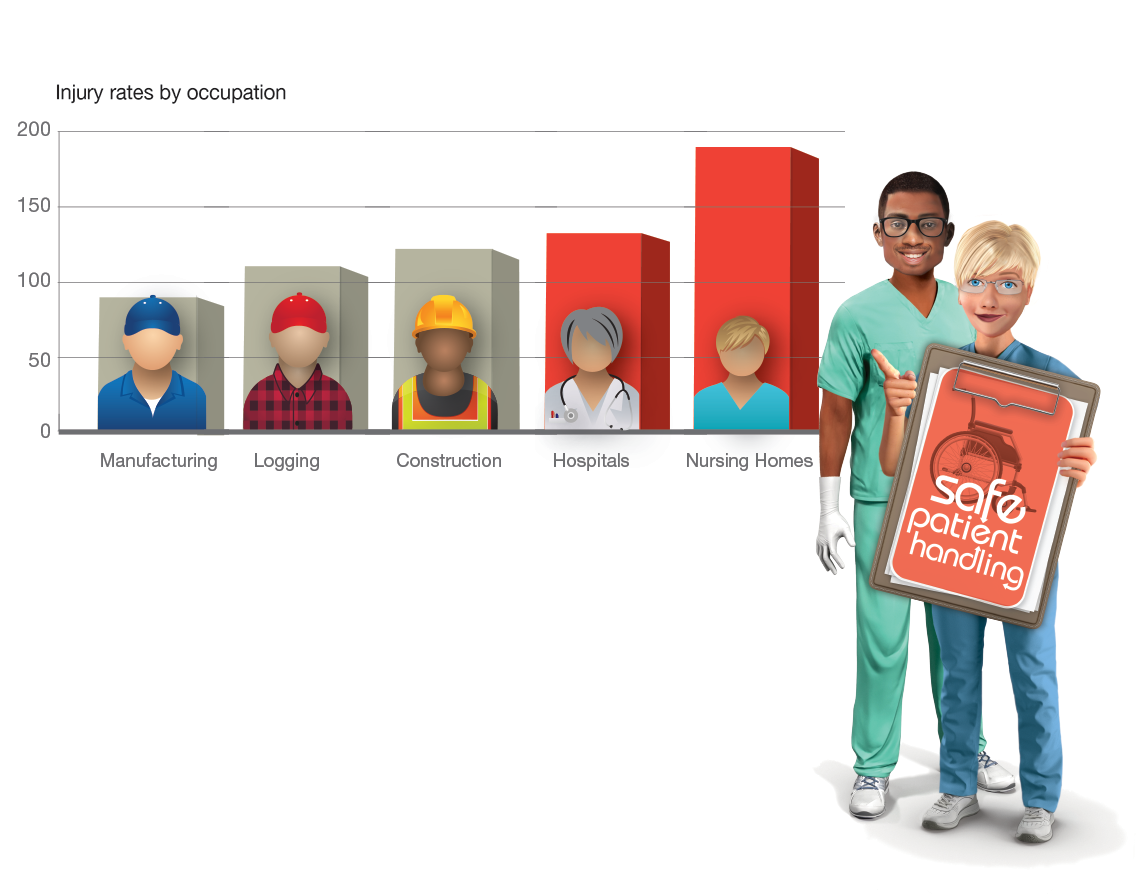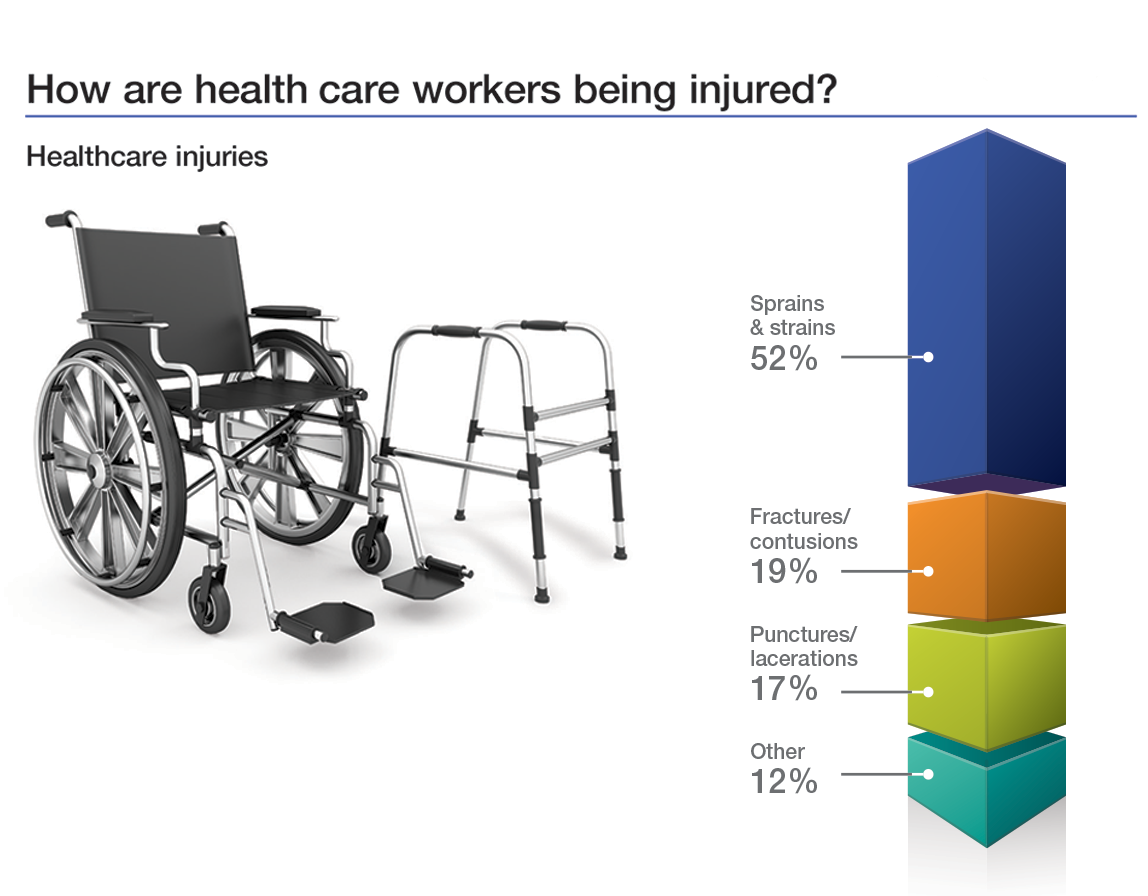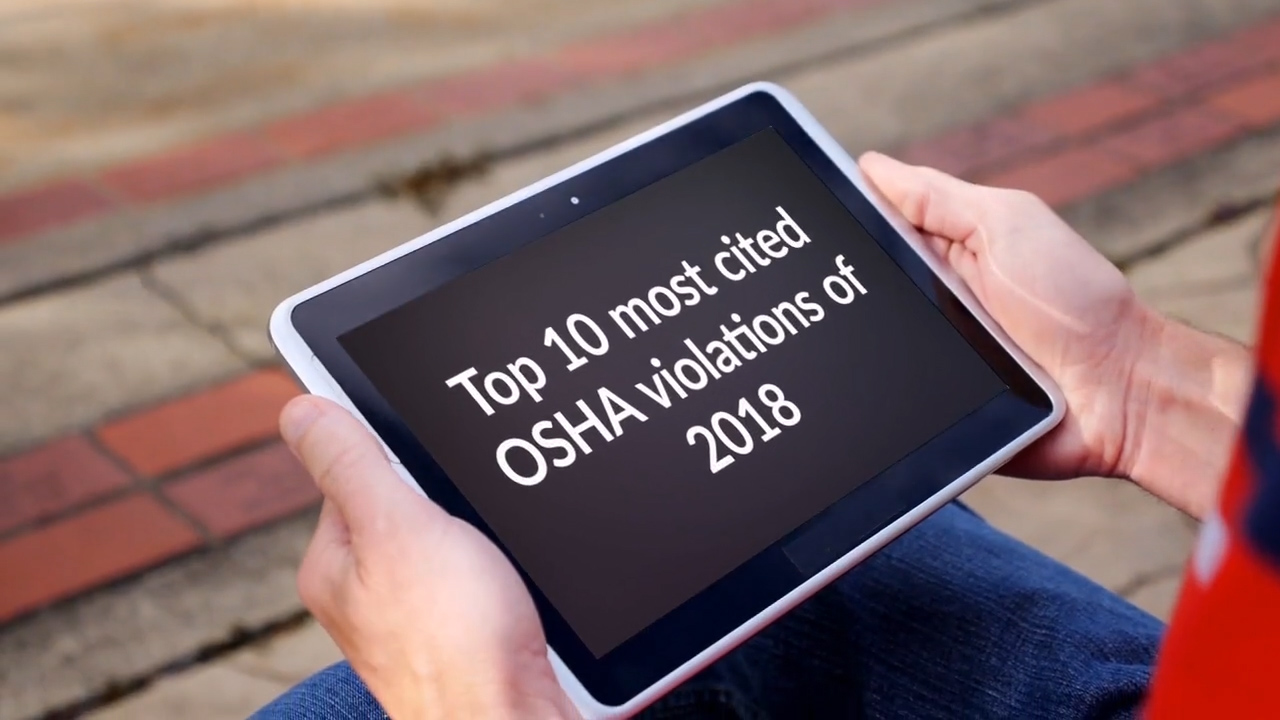What do Midwesterners dread most about nasty winter weather? Driving in it.
Getting across town during a snow or ice storm can be stressful, time-consuming and dangerous.
What can you as an employer do to keep your employees safe and your organization functioning when dangerously bad weather hits?
There’s not always an easy answer, but the first step is to have a plan.
Why you need a severe winter weather policy
A severe weather policy is a critical component of your business’s overall emergency preparedness and disaster recovery plan.
It’s not uncommon for state departments of transportation to advise against travel due to severe weather. Whether it’s poor visibility or ice, unsafe road conditions could keep your employees from the office.
Schools have decades of experience in communicating closures to keep staff and students out of treacherous weather conditions. They’ve established clear plans on who makes the decision to close, by what time, and how to notify people.
But calling a snow day isn’t just for schools.
It’s essential for employers of all types to be prepared for a disruption to normal business operations because of severe weather. Of course, not everyone can shut down during inclement weather. Hospitals, for example, need to be staffed 24/7. You may have critical operations to keep running.
How can you get prepared? With a snow day policy.
Before the snow flies: Develop a snow day policy
The time to plan for bad weather is before a storm hits. Employees will have many questions that should be addressed in an inclement weather policy, like in this example policy .
“The inclement weather policy must set expectations, present a balanced approach to compensation, mitigate risks for both employers and employees, and present a fair solution for emergency situations,” writes Susan Heathfield .
Eight items to consider covering in your snow policy
Following are items you should think about covering in your inclement weather policy:
- How you will communicate a closure to employees — phone call, text, email, broadcasting system, etc.
- Your expectation that employees use caution while entering and leaving work in poor weather conditions
- Your intention to monitor the weather forecast, as well as any specific conditions that will trigger a closure (snowfall amount, temperature, electrical outage, loss of heat, declaration of weather emergency, etc.)
- Instructions that traveling employees are not to drive in unsafe conditions, as well as a reminder of your prohibition of cell phone use while driving
- Expectations about what happens in the event of closure, such as whether employees should work from home
- Compensation in the event of a severe weather scenario, keeping in mind local, state and federal laws
- How you will notify customers, clients or vendors of a closure — notice on your website, voicemail message, email, etc.
- The expectation in the event of a mid-day closure that employees are expected to leave immediately
Let’s look at a few of these items in more detail.
How to define a weather emergency
When developing your plan, consider setting specific criteria about the amount of snowfall, road conditions and temperatures that may trigger a closure. This will keep your employees from wondering about a snow day each time the snowplows come out.
Blizzards aren’t the only weather situation that may require closing. Below-freezing temperatures and wind chills as low as -60 degrees prompted the governor of Minnesota to close schools statewide in January of 2014.
Rely on an expert like the National Weather Service for weather conditions and to your state’s department of transportation for road conditions. You may look to your local school district as a guide. Know the terminology for different winter weather alerts, advisories and warnings.
Expectations for employees
If you’ve set up the ability for workers to telecommute or work remotely, do you still expect employees to work if your office is closed due to weather? What if the company does not close, but an employee would prefer to avoid traveling? Remote work options could allow them to avoid taking a personal day.
As with other parts of your snow day plan, communicate clear expectations with your employees if you expect them to work remotely if they cannot make it into the office. Prepare your IT infrastructure for a spike in activity if many more employees than normal try to access the remote work system.
Your weather emergency plan also needs to factor in maintaining any business-critical operations. If a vital employee cannot make it to work, do you have a backup plan?
Compensation
Keep in mind the business implications of voluntarily closing because of the weather. Even if your employees aren’t working, they may still be due a paycheck. Check your state and federal regulations for rules around paying exempt and non-exempt employees in various bad weather scenarios .
By developing a snow day policy ahead of time, you’ll be prepared to make a thoughtful decision before a storm hits, and you’ll help your employees stay safe.
Key: Be proactive and build a strong safety culture
An inclement weather policy can formalize your stance on employee safety during winter weather conditions, but ultimately, employees must also make decisions about their own safety and use their best judgment about whether they should be driving.
That’s why it’s important to foster a workplace culture where employees know you care about their health and safety and wouldn’t punish them for prioritizing their safety over work.
In the same vein, you can be proactive by starting to plan as soon as you hear a big storm is coming. You can encourage employees to rearrange their schedules in advance to avoid driving during the worst of it. This might mean leaving a day early to get to an out-of-town meeting, doing a delivery early or simply rescheduling an offsite meeting.
Strategies like this can keep your organization functioning while also keeping your employees safe.
This is not intended to serve as legal advice for individual fact-specific legal cases or as a legal basis for your employment practices.
This post was originally published on January 18, 2017 and updated on November 7, 2018.




